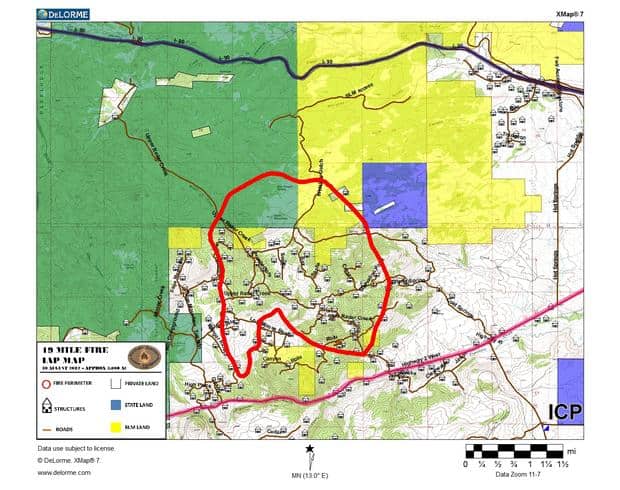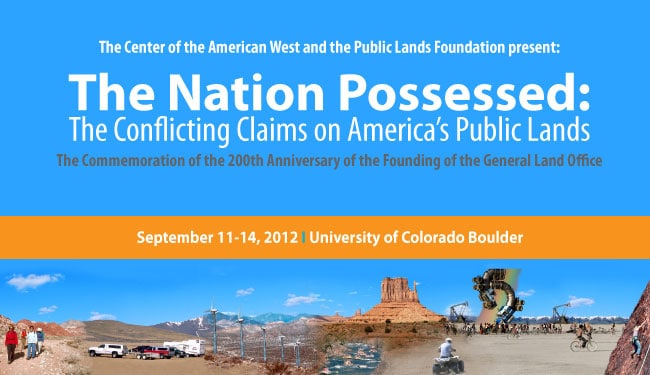
I have been following this project (Burnt Mountain) and here is a link to a news story from Friday from the Aspen Times, and below is an excerpt.
So I am totally not a skier, so perhaps I don’t understand the complexities of why this could be good or bad in terms of safety. I do understand the idea of 6.5 acres and 800 trees, though, and I don’t understand how the Ark Initiative mission relates to 6.5 acres. And how the area around an old road could be special because it’s roadless…
I looked up the Ark Initiative here.. it seems to be concerned with the mass extinction of species. I’m just not getting the connection with 800 trees and 6.5 acres.
In an email earlier this month, Ark Initiative representative D.J. Duerr explained the organization’s position.
“Fitzwilliams could call this part of Burnt Mountain a parking lot if he likes, but that wouldn’t change the simple fact that this forested area contains no roads and is in the same wild and undeveloped condition as the immediately adjacent Maroon Bells-Snowmass Wilderness,” Duerr said.
For The Ark Initiative, the dispute pertains to terrain beyond the egress.
“Around 2002, the USFS drew the original boundary for the ‘inventoried’ Burnt Mountain Roadless Area to exclude the exact area where Skico wanted to cut the new ski runs,” Duerr claimed. “It appears the ‘inventoried’ roadless boundary in this part of Burnt Mountain wasn’t based on whether the lands were actually roadless but on Skico’s desire to cut up this area for more profits. The Colorado Roadless Rule reclassifies even more of the roadless lands on Burnt Mountain out of ‘roadless’ status to facilitate the new ski runs.”
Fitzwilliams countered Thursday that the Forest Service spent six years on administrative analysis of Skico’s proposal and that two courts upheld the decision. He maintained that work on the egress is allowable, but he wanted the Forest Service attorneys to make sure the process was adequate in case of a challenge from The Ark Initiative.
“If we’re not going to affect roadless, I don’t know what the issue is,” Fitzwilliams said.
He also questioned the legitimacy of The Ark Initiative as an environmental organization. No local groups, such as Wilderness Workshop, have challenged the Forest Service decision, he noted.
Fitzwilliams suggested The Ark Initiative is a front from powder skiers who don’t want their stash turned into inbounds skiing.
“This isn’t about roadless,” Fitzwilliams said. “This is about fresh tracks at the bottom of the hill.”
In practical terms, the status of the traverse remains in limbo at least for this ski season.
“That is part of the area that is still under Forest Service review,” Skico spokesman Jeff Hanle said.
Burkley said Skico can work on a small portion of the 1,900-foot-long traverse from below and from above, but it can’t touch the middle 1,400 to 1,500 feet. The traverse, ironically following an old road, is 15 to 30 feet wide and steeper than Skico wants for intermediate customers.
“We don’t want to create a terrain trap where we suck people in,” he said. “For an expert skier, it’s not an issue.”
The new terrain will be accessed from Longshot. Skiers and riders will work to their right. The new terrain won’t be named.
“You’d be hard-pressed to identify any one run,” Burkley said.
Let me just add that skiers are not roads, and removing trees as part of “activities not otherwise prohibited” seems to be OK under the 2001 Roadless Rule. It’s just not clear to me why this is a Big Deal, related to extinctions of species, and worthy of expensive lawyer time for the plaintiffs, and, ineluctably, the taxpayer.
I’m with Scott.. something here simply doesn’t add up.
Here’s another article from 2009 (!) on the same subject and here’s a quote
Ark’s lawsuit contends that the Skico’s master plan amendment should have triggered studies on effects on roadless areas and on elk. The initial approval and environmental studies were performed in the early 1990s, so conditions might have changed, the group contended. As an example, it wanted a new study on the work’s potential impact on elk.
“If it’s a minor amendment, it might not need NEPA analysis,” Brawer said. “This wasn’t minor and [the initial approval] was old.”
Ark contends that the Forest Service analysis has been piecemeal and it has lost sight of the cumulative impacts on Burnt Mountain. It wants the ski area project blocked “until and unless” full-blown environmental studies are performed on Skico’s amendment to its master plan.
The Forest Service’s arguments essentially flip all the claims made by Ark. The agency said its review was cumulative and satisfied NEPA requirements. The project has no significant effect on elk or endangered species like lynx, the agency said. It wants the review to stand.
The two sides argued the case in Denver earlier this year before U.S. District Judge Walker Miller. It is unknown when a ruling will be made.
Here’s another article from 2011 about how the legal battle was “over”..
A trio of judges in the Tenth Circuit Court of Appeals denied an appeal on Nov. 8 in a lawsuit seeking to block the construction of an egress trail connecting lower Burnt Mountain East to Two Creeks, which was approved by the U.S. Forest Service in 2003.
The decision, written by Judge Paul Kelly, Jr., ends the legal process for the plaintiffs in the suit opposed to the trail, the Ark Initiative, Donald Duerr who is connected to the Ark Initiative, Paul “PJ” Smith, who works at the Gene Taylor’s ski shop in Snowmass Village and Alex Forsythe, a Florida resident who skis frequently on Burnt Mountain.
The U.S. Forest Service was the defendant in the suit and Aspen Skiing Company was not named.
However, Skico legal counsel David Bellack attended oral arguments recently in Denver just in case he was needed to support the Forest Service’s case.
It’s not clear yet what the resolution of the legal challenge to the trail means in terms of actually building the trail.
“We are aware the appeal was rejected but haven’t discussed anything internally regarding Burnt Mountain at this time,” said Aspen Skiing Company Vice President of Mountain Operations Rich Burkley.
The trail in question exists today in crude form, but the legal battle begin after the U.S. Forest Service approved a wider and formalized trail.
So.. people already go there and there are folks against something “wider and more formalized”; but it’s not a road and it’s bad for “roadless”??
Like I said, something just doesn’t add up.







